Heat treatment
Filter - applications
Filter - application/process
Filter - atmosphere
Filter - types of heating
Filter - metals
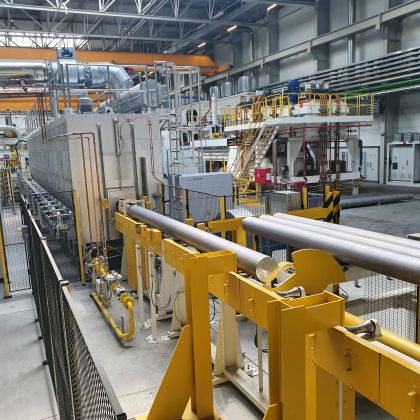
Billet Heaters
Adaptable and energy-efficient billet heating systems designed for press shops, storage facilities, saws, bolt quenching, and handling equipment.
Learn more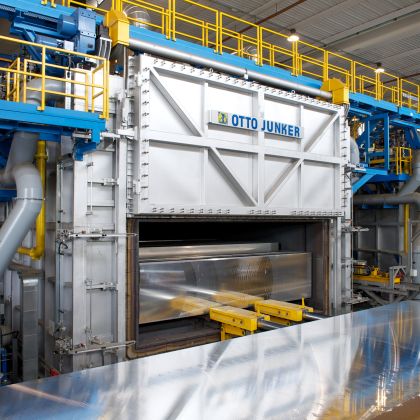
Pusher type furnace for pre-heating and homogenizing
Pusher-type furnaces are used for preheating and homogenizing of rolling ingots in continuous operation.
Learn more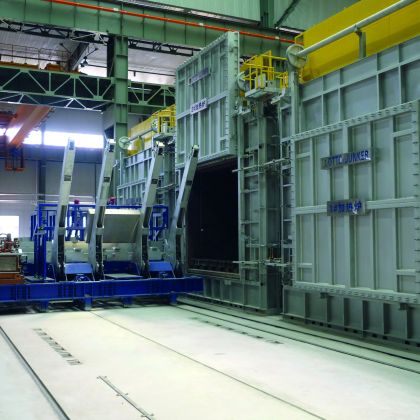
Cartridge furnace for pre-heating and homogenizing of rolling ingots
Cartridge furnaces are used for preheating and homogenizing of rolling ingots, particularly for small lot sizes.
Learn more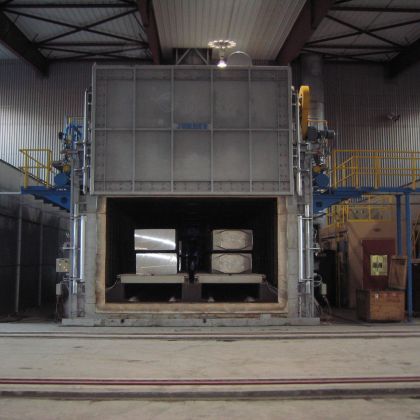
Chamber type furnace for homogenization
Chamber furnaces for homogenizing and stress-relieving rolling slabs are used in producing hard alloys of the 2xxx and 7xxx series, especially for aerospace applications.
Learn more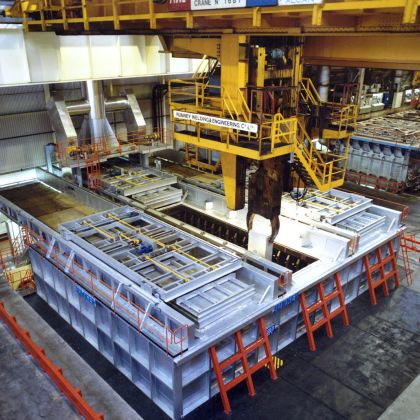
Soaking pit furnace for pre-heating and homogenizing
Pit furnaces are designed to provide direct reheating or homogenizing of their slab charge.
Learn more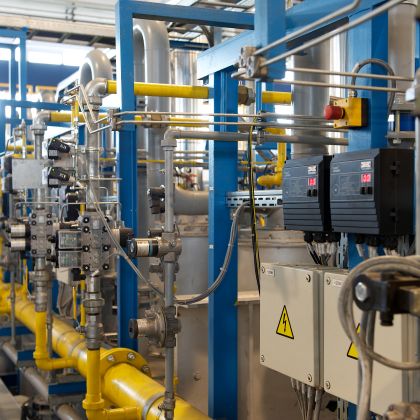
Continuous homogenizing furnace
To achieve high throughput capacities, continuous furnaces are employed for the homogenization of bars.
Learn more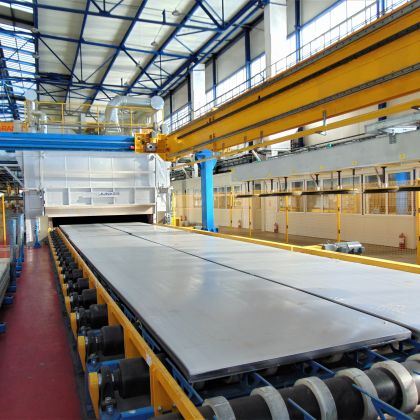
Horizontal heat treatment line
Heat treatment lines for aluminum plates are precision-manufactured in strict adherence to aerospace industry specifications, specifically meeting the rigorous standards set by AMS 2750 E and AMS 2772 C for the heat treatment of aluminum alloys.
Learn more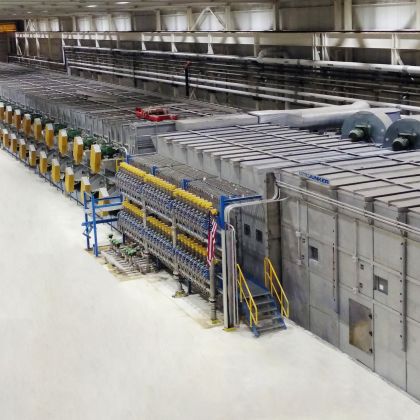
Strip flotation furnace for the heat treatment of strips
Strip flotation lines are employed for the horizontal heat treatment of aluminum strips, mainly for the automotive and aerospace industries.
Learn more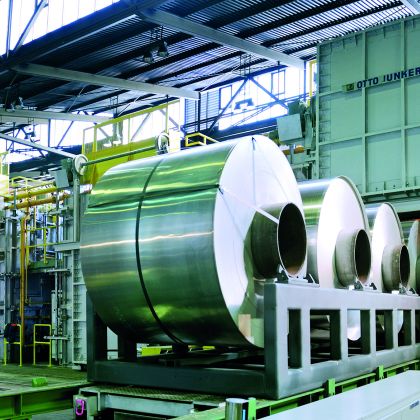
High convection chamber-type furnaces for the annealing of strip coils
Strip coil furnaces are employed for the intermediate and final annealing as well as tempering of aluminum strip coils.
Learn more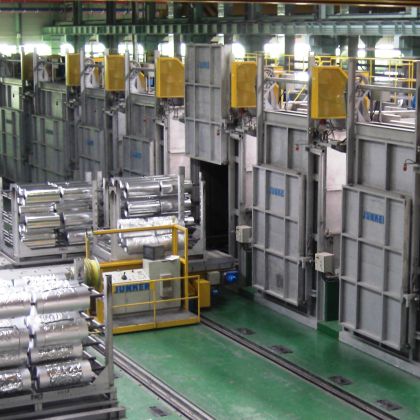
Massflow Chamber type furnace and cooling chamber
Chamber furnaces for heat treatment of aluminum foil coils are used for degreasing and annealing of foil coils of different thicknesses.
Learn more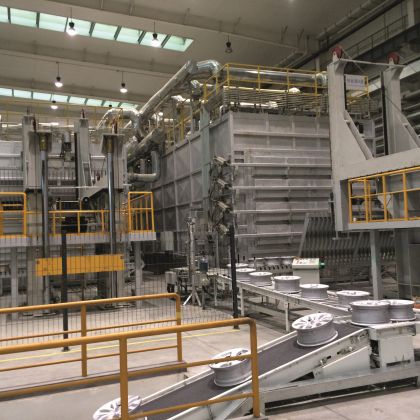
Solution heat treatment plant
This type of furnace is specifically designed for solution annealing, quenching and artificial aging of wheels made of cast aluminum.
Learn more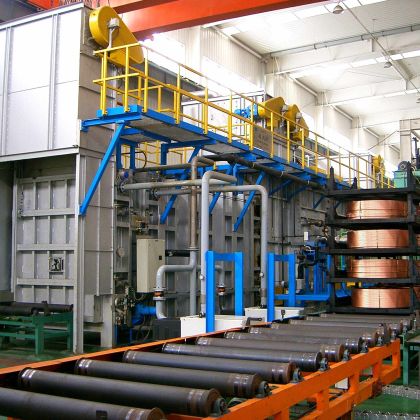
Roller hearth furnace for tube, Brass rod, wire, profile
OTTO JUNKER roller hearth furnaces operate on the proven principle of high convection.
Learn more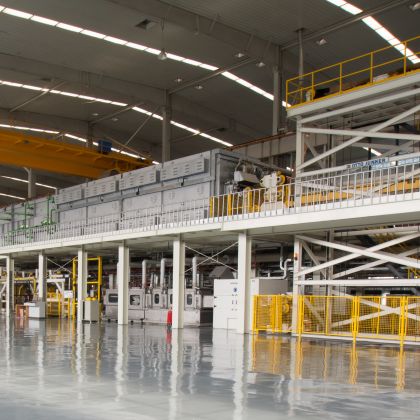
Strip processing line, Annealing and Pickling line with horizontal flotation furnace
OTTO JUNKER strip treatment lines for degreasing, annealing, and pickling cover the entire product- and alloy range
Learn more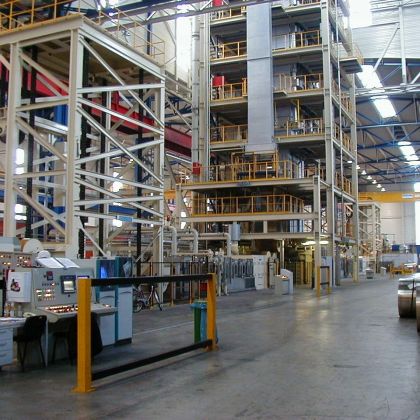
Strip processing line, Annealing and Pickling line with vertical annealing furnace
Vertical furnace systems are used when dealing with large strip thicknesses or a high hydrogen content in the protective gas.
Learn more
